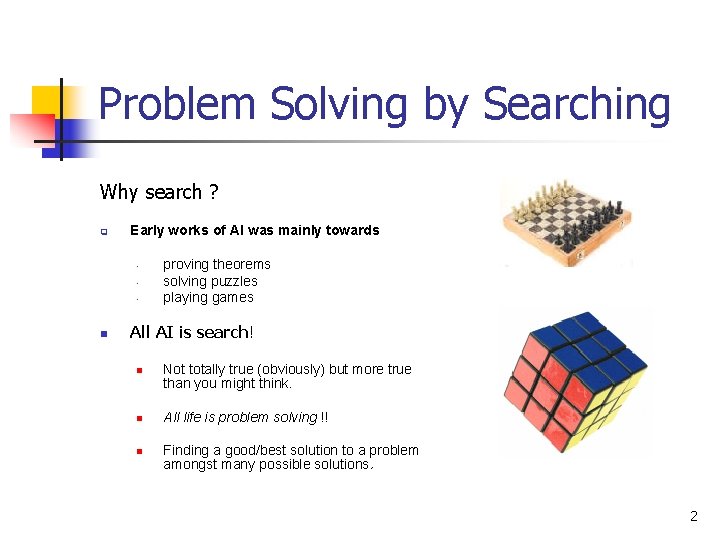
If you're interested in learning the basic principles of artificial intelligence programming, this article is for you. This article covers C++ (Lisp), Python (RPA), and RPA. Continue reading to find out which language you should use. I've written a similar article for C++, Lisp, and Python. This article will help you feel more confident in jumping from programming simple spreadsheets to building complex AI programs.
C++
C++ isn't the only language you might think of when it comes to AI programming. However, this multi-paradigm language supports object-oriented principles and is a popular choice for embedded environments. C++ is great for resource-intensive tasks such as robot locomotion and game AI. C++ is also fast and offers high performance. Sites like Learn C++ offer AI programming classes in C++.

Lisp
You're probably familiar with Lisp's versatility and high-performance if you are interested in AI programming. Lisp has been a key programming language in this rapidly expanding field, thanks to the rise of machine learning and deep learning. Lisp is fast and has excellent numerical performance. Many of today's most popular AI systems use C++ as a programming language, with parts written in Python.
Python
The large number of available algorithms makes AI programming in Python very simple. The syntax of the language has been well structured and is easy to understand. The language allows users to integrate libraries, such as Matplotlib. This library creates scientific visuals. You can create numerous graphics using it, and you have full control over what each one looks like. These are just some of the advantages of AI programming Python.
RPA
AI is an exciting technology that automates repetitive and rule-based tasks. However, it has not been made available for production-line use. RPA is not yet the right tool for businesses that require human interaction. However, the process is extremely useful. While RPA bots can be very simple, in the world of AI, they aren't learning. You might consider AI programming for RPA depending on your level of automation.
Java
If you are considering learning AI programming in Java, there are several factors to consider before you begin your journey. While Java is widely used, R has a steep learning curve and is recommended for enterprise environments involving large amounts of data. Java is widely used and supported by experienced engineers. It also has a low-platform requirements. Java's low-platform requirement and limited dependency set make it a good choice for many applications.

IPL
Information Processing Language (IPL), which is a programming model that relies on list-processing, is a language that can be used to program. The IPL programming model uses sequential entries to create lists. Each entry in a listing can be sublisted, but a single item cannot be found in more than one list. Because of this, a list structure can be extremely flexible. The basic process for moving down a list cell involves using a single symbol, but generating the other cell's values is done by alternating list cells.
FAQ
What is the future role of AI?
The future of artificial intelligence (AI) lies not in building machines that are smarter than us but rather in creating systems that learn from experience and improve themselves over time.
We need machines that can learn.
This would involve the creation of algorithms that could be taught to each other by using examples.
We should also look into the possibility to design our own learning algorithm.
You must ensure they can adapt to any situation.
AI: Good or bad?
AI is seen both positively and negatively. Positively, AI makes things easier than ever. We no longer need to spend hours writing programs that perform tasks such as word processing and spreadsheets. Instead, we just ask our computers to carry out these functions.
Some people worry that AI will eventually replace humans. Many believe that robots will eventually become smarter than their creators. They may even take over jobs.
How does AI function?
You need to be familiar with basic computing principles in order to understand the workings of AI.
Computers store information in memory. Computers use code to process information. The code tells the computer what it should do next.
An algorithm is a sequence of instructions that instructs the computer to do a particular task. These algorithms are often written using code.
An algorithm can also be referred to as a recipe. A recipe might contain ingredients and steps. Each step represents a different instruction. For example, one instruction might say "add water to the pot" while another says "heat the pot until boiling."
How does AI impact the workplace
It will revolutionize the way we work. We can automate repetitive tasks, which will free up employees to spend their time on more valuable activities.
It will improve customer services and enable businesses to deliver better products.
This will enable us to predict future trends, and allow us to seize opportunities.
It will enable companies to gain a competitive disadvantage over their competitors.
Companies that fail AI adoption are likely to fall behind.
How does AI work?
An algorithm is a set or instructions that tells the computer how to solve a particular problem. An algorithm can be expressed as a series of steps. Each step is assigned a condition which determines when it should be executed. The computer executes each instruction in sequence until all conditions are satisfied. This is repeated until the final result can be achieved.
Let's say, for instance, you want to find 5. You could write down every single number between 1 and 10, calculate the square root for each one, and then take the average. This is not practical so you can instead write the following formula:
sqrt(x) x^0.5
You will need to square the input and divide it by 2 before multiplying by 0.5.
A computer follows this same principle. It takes your input, squares and multiplies by 2 to get 0.5. Finally, it outputs the answer.
How will governments regulate AI?
AI regulation is something that governments already do, but they need to be better. They need to ensure that people have control over what data is used. And they need to ensure that companies don't abuse this power by using AI for unethical purposes.
They need to make sure that we don't create an unfair playing field for different types of business. For example, if you're a small business owner who wants to use AI to help run your business, then you should be allowed to do that without facing restrictions from other big businesses.
Statistics
- The company's AI team trained an image recognition model to 85 percent accuracy using billions of public Instagram photos tagged with hashtags. (builtin.com)
- In the first half of 2017, the company discovered and banned 300,000 terrorist-linked accounts, 95 percent of which were found by non-human, artificially intelligent machines. (builtin.com)
- A 2021 Pew Research survey revealed that 37 percent of respondents who are more concerned than excited about AI had concerns including job loss, privacy, and AI's potential to “surpass human skills.” (builtin.com)
- In 2019, AI adoption among large companies increased by 47% compared to 2018, according to the latest Artificial IntelligenceIndex report. (marsner.com)
- More than 70 percent of users claim they book trips on their phones, review travel tips, and research local landmarks and restaurants. (builtin.com)
External Links
How To
How to set Google Home up
Google Home, an artificial intelligence powered digital assistant, can be used to answer questions and perform other tasks. It uses advanced algorithms and natural language processing for answers to your questions. With Google Assistant, you can do everything from search the web to set timers to create reminders and then have those reminders sent right to your phone.
Google Home seamlessly integrates with Android phones and iPhones. This allows you to interact directly with your Google Account from your mobile device. By connecting an iPhone or iPad to a Google Home over WiFi, you can take advantage of features like Apple Pay, Siri Shortcuts, and third-party apps that are optimized for Google Home.
Google Home offers many useful features like every Google product. It can learn your routines and recall what you have told it to do. It doesn't need to be told how to change the temperature, turn on lights, or play music when you wake up. Instead, just say "Hey Google", to tell it what task you'd like.
Follow these steps to set up Google Home:
-
Turn on Google Home.
-
Hold down the Action button above your Google Home.
-
The Setup Wizard appears.
-
Continue
-
Enter your email address and password.
-
Click on Sign in
-
Your Google Home is now ready to be